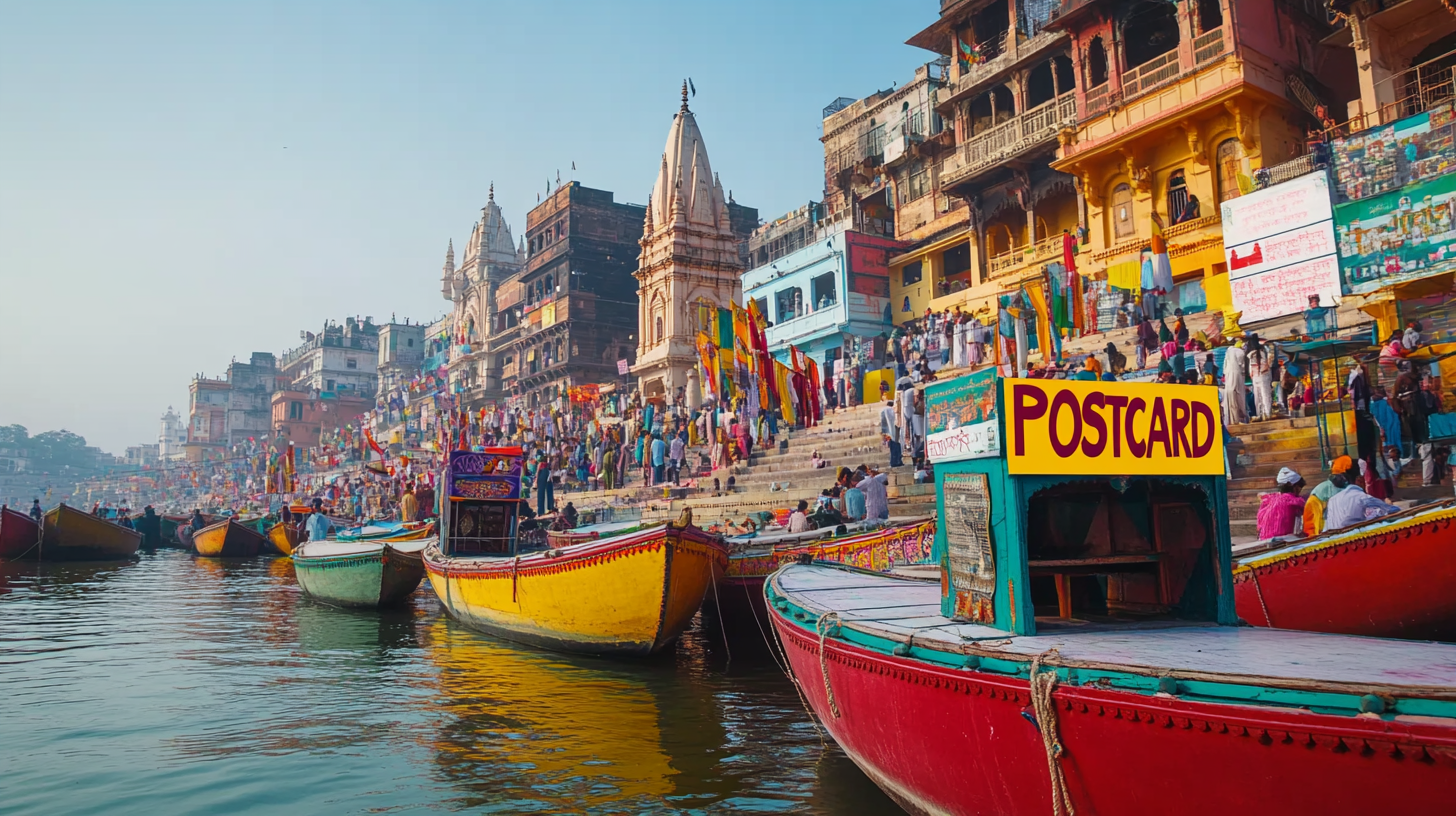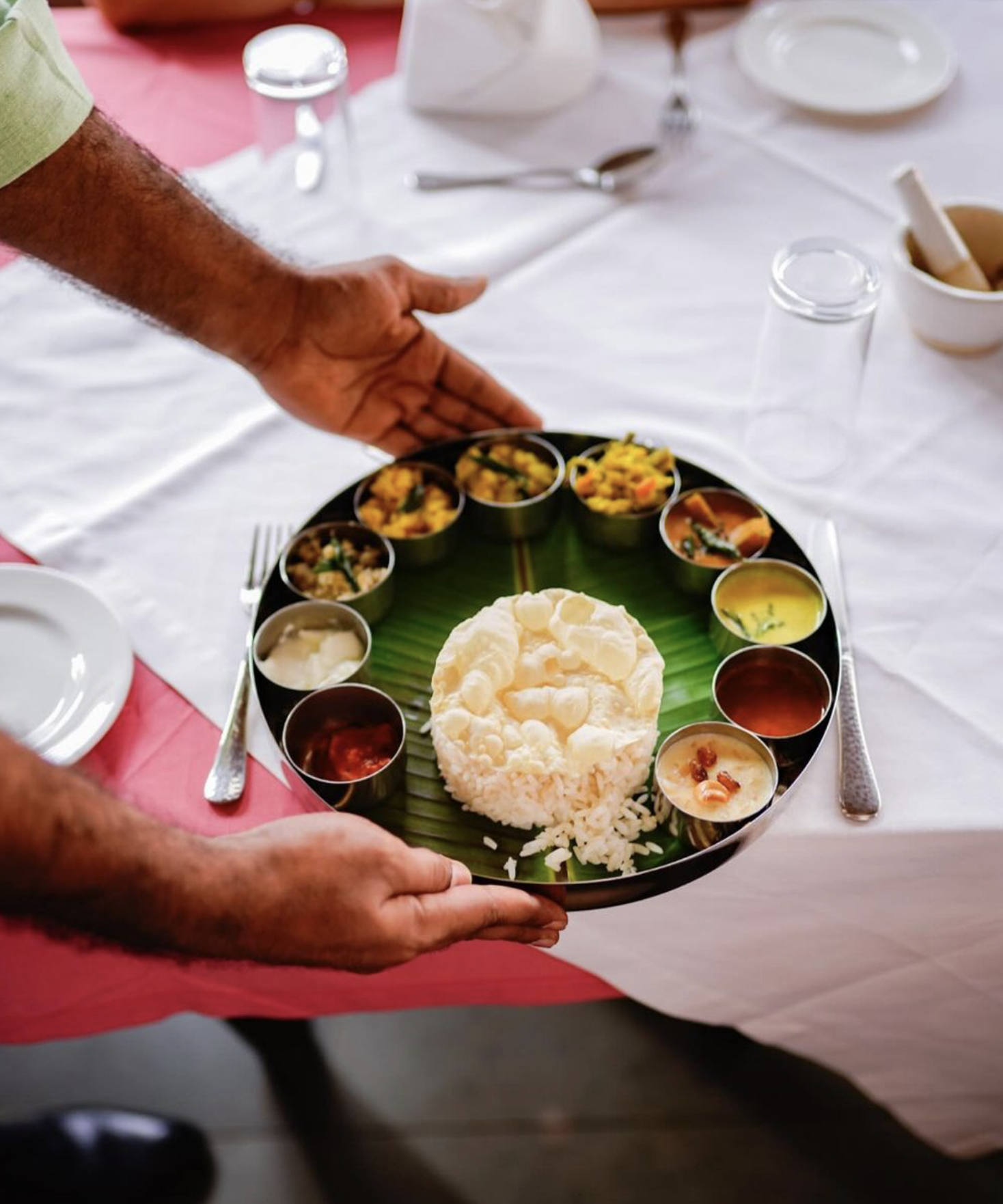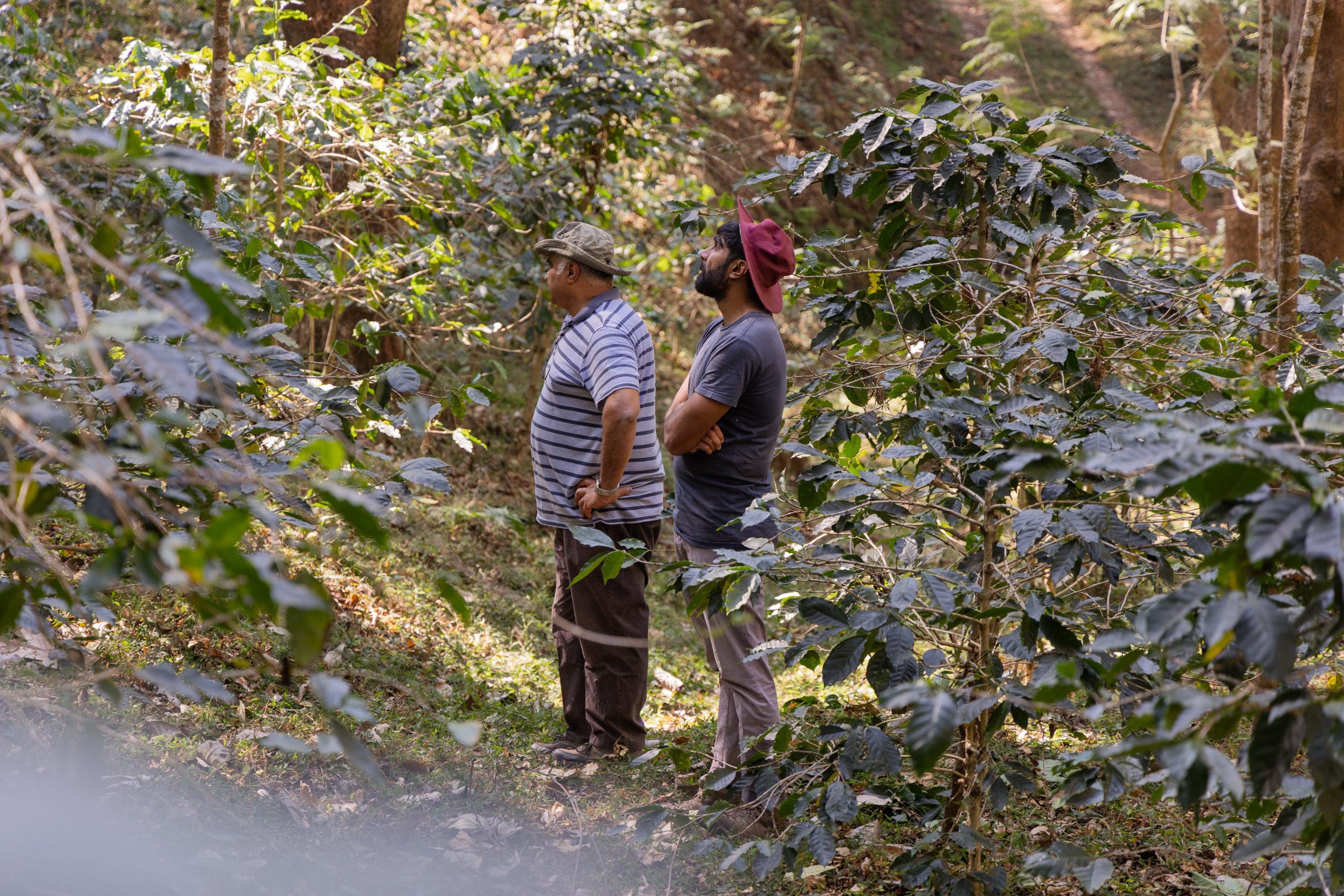With the intention of adding value to one’s experiences, travel has emerged as one of the key factors in the wheel of life. Embarking upon new adventures, interacting with different cultures and learning about how the world is much larger than our environment can significantly impact our personal growth. While millennials are known to take around 35 days of vacation each year, Gen X averages about 25 and Gen Z, 29. Being a self-proclaimed travel-addicted millennial, I can confidently attribute some of the finest moments in my life to it. Whether it is watching Metallica live in concert in Paris or diving with black-tip reef sharks in the Maldives; each experience has made me emerge a bit wiser than how I went into it.
Conceptually, this industry has been over-abused with a certain section travelling just for the sake of “being seen”. I came across this question and it stuck with me ever since – “Would you travel the same way if you could tell no one and take no pictures?” Perhaps. We’ll never really know.
However, as millennials who have been in the workforce for over a decade, burnout is real and has led to the trend of “quiet vacation” trend. Sparked in the US, a trend has recently emerged where a small part of the remote working population chooses to escape to a vacation while still working. While India has yet to fully embrace this trend, there are many notable differences in the way we are travelling in 2024.
Domestic tourism has seen an uptick this year, with off-the-radar locations like Varanasi and Kochi becoming preferences for travel during summer. “This year, Indian travellers are embracing the spirit of exploration and discovery like never before. They’re choosing places which offer immersive and vibrant experiences,” says Amanpreet Singh Bajaj, Airbnb’s General Manager for India, Southeast Asia, Hong Kong and Taiwan.
A still from Varanasi ghat
Meaningful travel for the today’s population isn’t just about luxury anymore; it is about immersive opulence, intimate regalia and a bespoke curation of experiences. A stay in any of the big chains can easily translate to mediocrity. But experiencing a quaint, boutique hotel which is off the usual Google maps locations – where the staff makes you feel like a part of a family and home-style meals are the norm – can make your travel more immersive and interactive. “Luxury is not just about big rooms, marble floors or three swimming pools. It has to come from the location where the property is—the ability of the owner to provide to the guest, the best of the culture of the place where the hotel is located,” says Laurent Gardinier, President of Relais & Châteaux.
Whether it’s dining with the locals over home-cooked meals, understanding the nuances of the artistic practices or delving into the histories of their lineage – the new generation of travellers seek out more than the ordinary. This next-chapter of travel celebrates the shift from quantity to quality; where choices reflect a more mindful and conscious approach to “why we travel”. It’s a transition where indulging in the nuances of the destination has gained more importance over checking bucket-lists. The art of travel has risen as an authentic transformation from the previous ways of over-consumption as well.
(L-R) Malabar House Hotel presenting their local traditions on a plate; Dining designed to savour exceptional food at SUJÁN The Serai, Jaisalmer.
While this is an immersion which is ideal for seasoned travellers, interestingly, the average ticket spend at a Relais & Chateaux property in India is 32 per cent more than its international counterparts. SUJÁN Jawai (the only Indian hotel in the World’s 50 Best Hotels 2024 list), Ahilya by the Sea (Goa) and Malabar House (Kerala), are some of their properties worth a visit. Indians are recognising that similar experiences can be embraced in their country’s geography, and numbers attribute to this as well. Domestic passenger traffic surged by 21 per cent since 2019, while international travel rose by 4 per cent – as per a MasterCard study released in May 2024. South East Asia seems to have caught up with more Indians choosing to travel to Japan (53 per cent growth) and Vietnam (248 percent increase). Direct flight routes on All Nippon Airlways and VietJet from major Indian ports further aid the trend.
Indian travellers are no more just embarking to bougie locations and hotels but exploring an authentic connection and immersion into the country’s ethos. Culture and experiences seem to emerge as the big winners of travel trends this year. The ephemerality of time and the unpredictability of life has dawned upon us post the pandemic; and our choices are indicative of a more mindful course of life. We’re going back to our roots and choosing better; a kind of home-coming to travel. A return to a pace of life which doesn’t reek of anxiety and an incomprehensible urgency one has to keep up with.
Words by Akanksha Maker.







